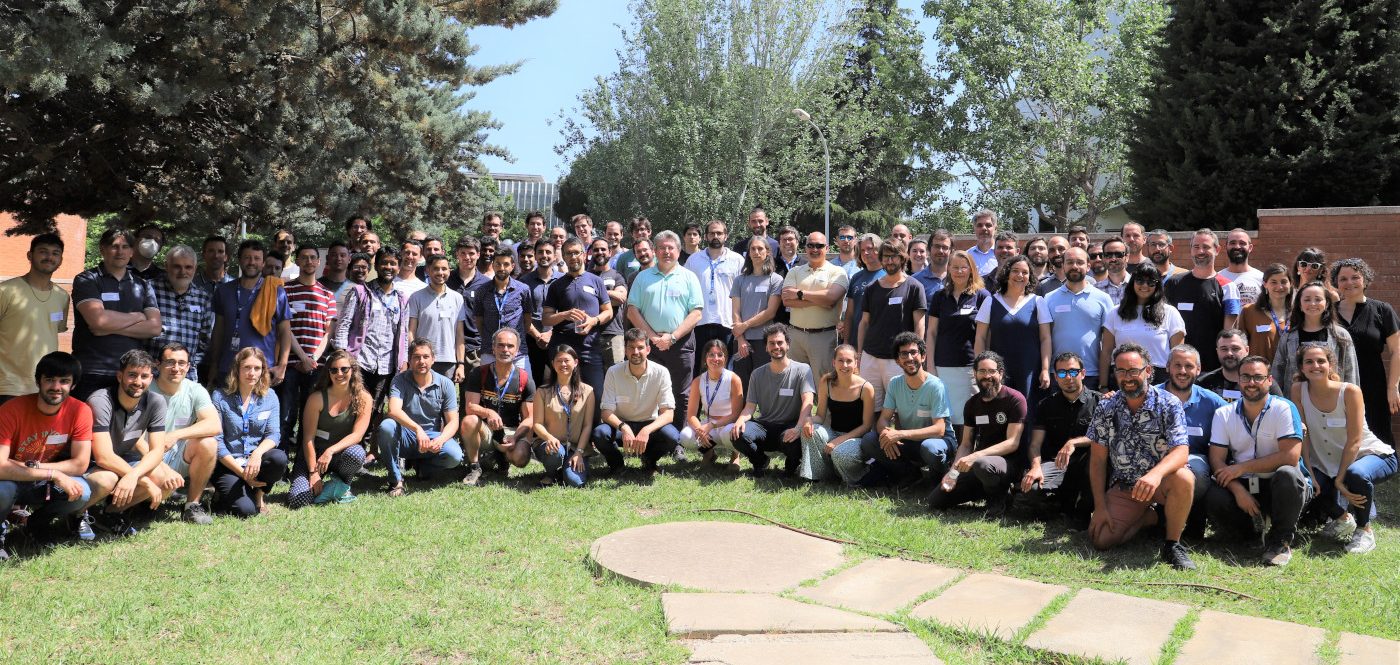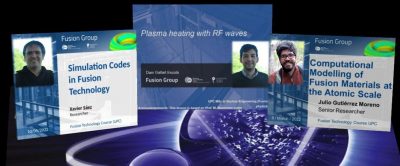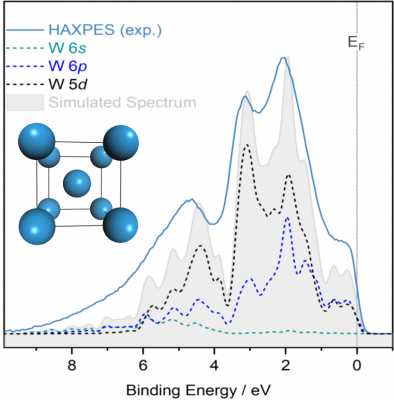
On Wednesday 18th of May the Computer Applications in Science & Engineering (CASE) department of BSC, to which our Fusion group belongs, resumed its annual Retreat paused since 2019. The full day event was held in the Vertex Building in the same UPC university campus where the BSC’s headquarters is located and was designed for newcomers to know all the department, and for everyone to catch up and bond after 2 years of predominantly working from home. Furthermore, it was an opportunity to have a first hand overview of the current state and future plans of the whole department’s projects and research, from the groups leaders and the head of the department Prof. Dr. José María Cela’s.





